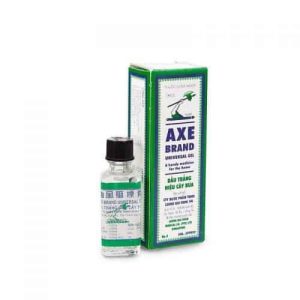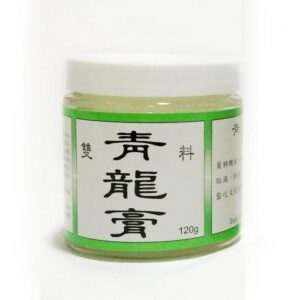Effective Knee Pain Treatment at Home Without Surgery
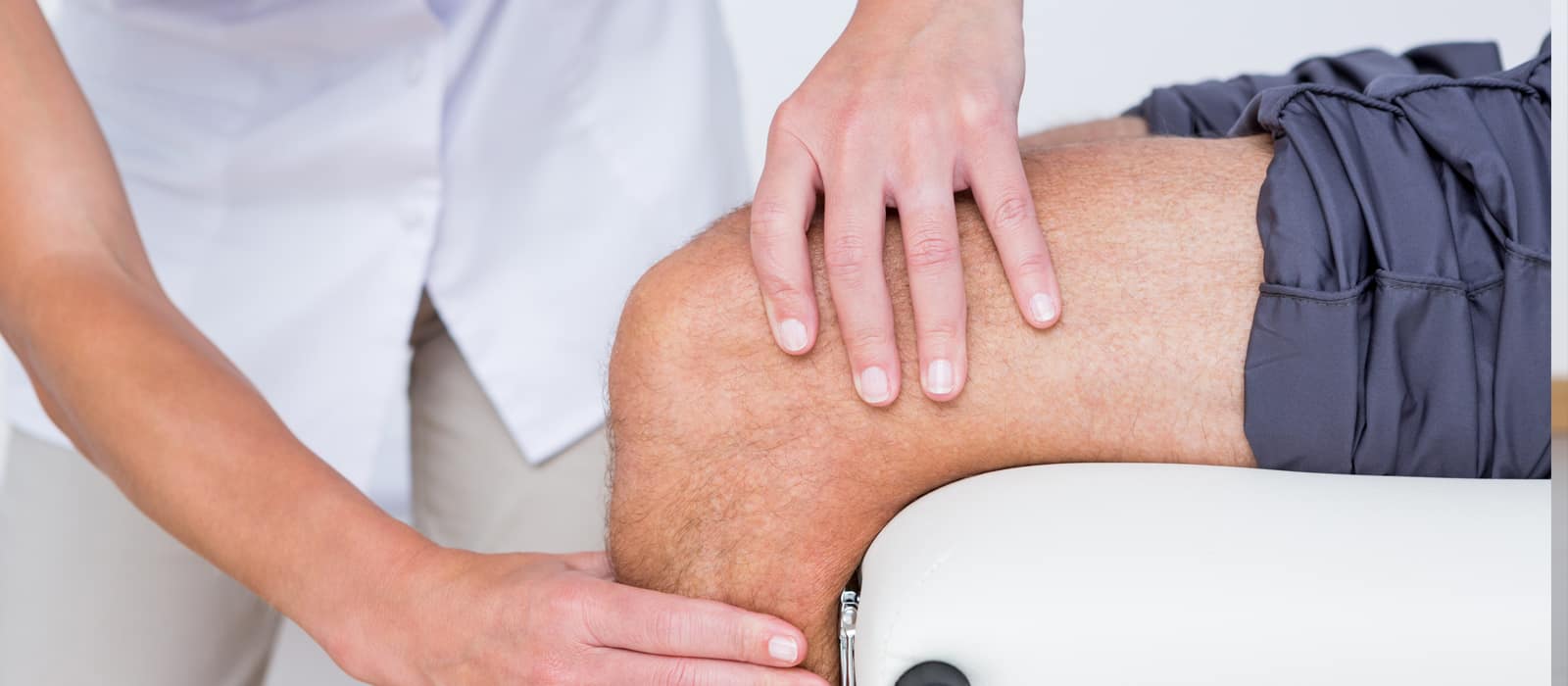
Knee pain is a common ailment that affects millions of people. If you’re reading this, chances are you or someone you know might be dealing with it. Knee pain can be frustrating and unbearable, often affecting your ability to perform everyday activities. But don’t worry; non-surgical treatments are available that can help alleviate discomfort.
This blog post will discuss common causes and symptoms, how it’s diagnosed in Singapore, and who is most affected. We’ll also dive into the importance of non-surgical treatments and the different types, such as physical therapy, medication management, an air cushion, knee braces, and support.
Furthermore, we’ll provide tips on how lifestyle changes can aid knee pain management. So, if you’re looking for effective knee pain treatment in Singapore without surgery, keep reading!
How can I relieve knee pain naturally?
You can try strengthening exercises and knee sleeves to support. A hot-cold gel pack or heat therapy patches like Roihi Tsuboko can provide temporary relief. Medicated plaster, ointment like zambuk, and medicated oils reduce inflammation and pain relief.
Using an air cushion or knee brace helps provide support and alleviate pain. Maintaining a healthy weight reduces stress on the knee joint.
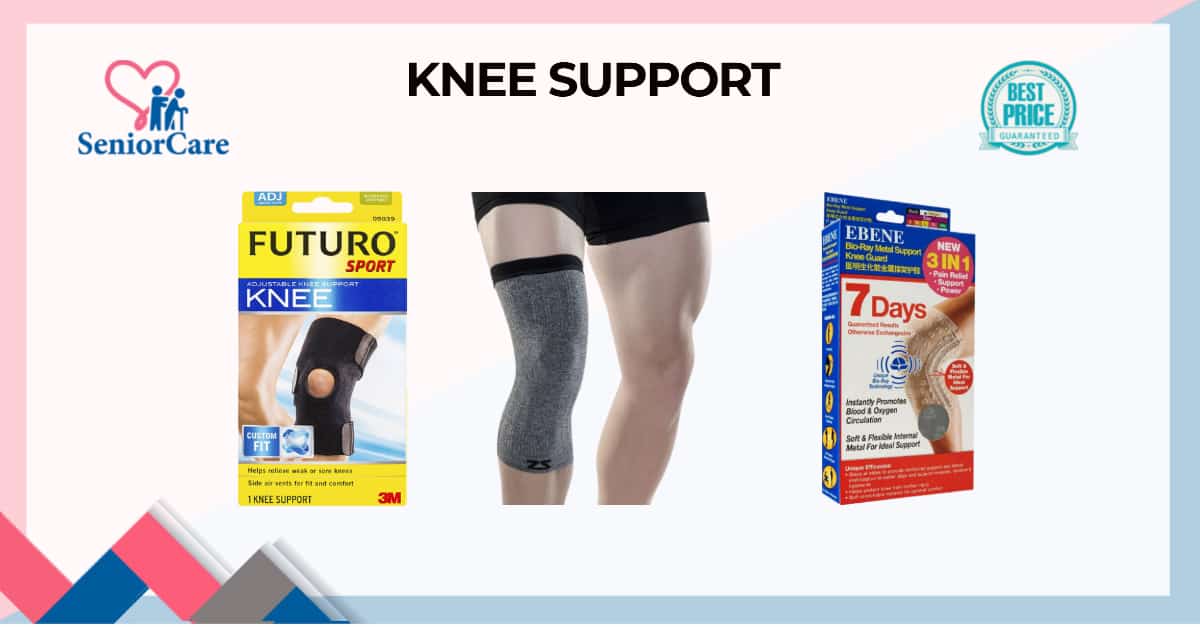
Understanding Knee Pain
A proper understanding is crucial for effective treatment. Various factors, such as injury or underlying medical conditions, can cause knee pain. By understanding the causes, appropriate treatment options can be explored. Knowledge about knee pain also helps in prevention and management control and making informed decisions about treatment options.
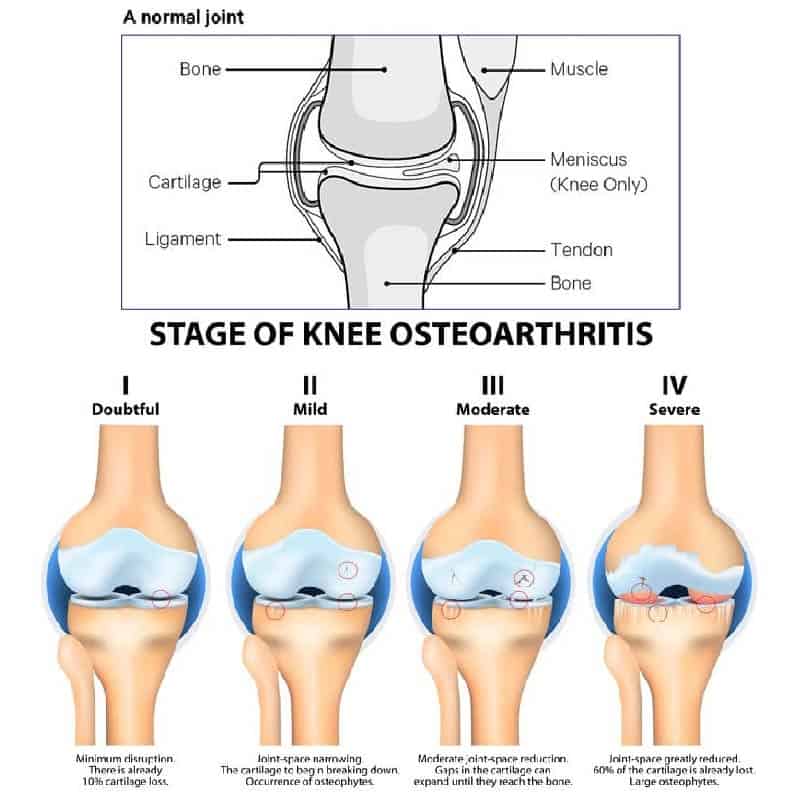
Knee pain can stem from various causes, including injuries like strains, sprains, or fractures. Additionally, medical conditions such as arthritis, tendinitis, or bursitis can contribute to knee pain. Overuse or repetitive tension on the knee joint, obesity, and age-related wear and tear can also result in discomfort.
Symptoms Associated with Knee Pain
Knee pain can come with swelling, stiffness, and limited range of motion. Some people feel a clicking or popping sensation in the knee joint. Pain can also radiate to the thigh or calf. Difficulty bearing weight on the affected knee is typical, along with inflammation and redness around the joint.
Diagnosing Knee Pain in Singapore
When experiencing knee pain, it is necessary to undergo a thorough examination and tests to diagnose the underlying source of the knee pain. A physical study helps assess the range of motion and stability. X-rays provide detailed images of the joint, while MRI scans offer more information about soft tissues. Blood tests may also be conducted to check for signs of inflammation or infection.
General Examination and Tests
During a general examination, doctors assess the knee’s range of motion and stability. They also look for signs of inflammation or swelling around the knee joint. Special tests like the McMurray test help identify specific causes of knee pain. X-rays examine the bones for fractures or abnormalities, while ultrasound imaging evaluates soft tissues and checks for fluid buildup.

Advanced Diagnostic Procedures
Advanced diagnostic procedures play a crucial role in identifying the underlying causes of knee pain. Methods like magnetic resonance imaging (MRI) offer detailed images of soft tissues, while arthroscopy allows for direct visualization of the knee joint.
Joint aspiration and CT scans provide further insights, and bone scans help identify abnormalities.
Who is Most Affected by Knee Pain?
Knee pain is a common issue that can affect people of all ages. Athletes and individuals engaged in high-impact activities are at a higher risk of knee injuries.
Seniors are more prone to knee pain due to age-related wear and tear. Medical conditions like arthritis and obesity can also contribute to knee pain.
When Should You Seek Medical Help for Knee Pain?
If your knee pain persists for more than a few days or worsens, it’s time to seek medical help. Immediate attention is necessary for severe pain or inability to bear weight.
Look out for swelling, redness, or fever accompanying the pain. Don’t ignore persistent knee pain if you have a history of injury or pre-existing conditions.
The Importance of Non-Surgical Knee Pain Treatment
Non-surgical treatments offer practical alternatives to invasive procedures, reducing pain and improving mobility. With minimal recovery time, these options address the underlying causes of knee pain, promoting long-term relief and improving overall function and quality of life.
Stiff neck, joint pain, tendons, and ligaments are considered while designing non-surgical treatments.
Benefits of Non-Surgical Treatments
Non-surgical treatments offer various benefits for knee pain. Physical therapy strengthens muscles and improves stability, while medication provides temporary relief.
Injections reduce inflammation and lubricate the joint. Braces and assistive devices offer support, and these treatments help avoid surgery risks.
Different Types of Non-Surgical Knee Pain Treatments
There are several non-surgical options available for knee pain management. Physical therapy and rehabilitation can help strengthen muscles and improve flexibility. Medication and pain management techniques provide relief from knee pain.
Using knee braces and support can provide stability and reduce discomfort. Pain management plasters offer targeted relief for knee pain.
Physical Therapy and Rehabilitation
Physical therapy and rehabilitation play a crucial role in knee pain treatment. These programs aim to improve knee strength, flexibility, and stability through targeted exercises.
Therapists use techniques like ultrasound and electrical stimulation to aid recovery. The focus is restoring range of motion and functionality, preventing further injuries.
Medication and Pain Management
When it comes to managing knee pain, medication can play a crucial role. Nonsteroidal anti-inflammatory drugs (NSAIDs) are commonly used to alleviate the pain and inflammation associated with knee injuries.
Topical creams like TGC cream and gels can provide localized relief, while corticosteroid injections offer quick comfort. Joint supplements and heat and cold therapy can also help improve knee joint health.
Pain Management Plasters
If you’re looking for targeted pain relief for knee pain, a pain relief plaster can be a great option. These plasters are designed to provide localized relief by penetrating the skin with medicated ingredients.
They can be applied directly to the affected area, offering comfort and support, with some even having an air cushion. Suitable for all ages, these plasters deliver temporary relief from knee pain.
Medicated Oils, Gels, Ointments
There are plenty of medical oils, gels, and ointments that work for muscle or knee soreness and pain management.
Besides the popular Tiger balm, there are a lot of effective ointments used by the older generation that you can try. Some of the famous balms / medicated oils/ ointments are Dragon Balm, Eagle, Axe Brand, Siang Pure Oil etc.
How Can Lifestyle Changes Aid in Knee Pain Management?
Making lifestyle changes can effectively support non-surgical treatments for knee pain. Regular exercise helps strengthen muscles and maintain joint health while maintaining a healthy weight reduces tension. Dietary modifications and supplements with anti-inflammatory properties can also provide relief.
Exercise and Weight Management
Regular low-impact exercises like swimming and indoor exercise cycling can enhance knee function. Strengthening exercises specifically target the muscles surrounding the knee joint, promoting stability.
Maintaining a healthy weight reduces pressure on the knees, easing discomfort. Aerobic exercises are beneficial for overall fitness and joint health. Engaging in physical activity improves flexibility and helps alleviate stiffness.
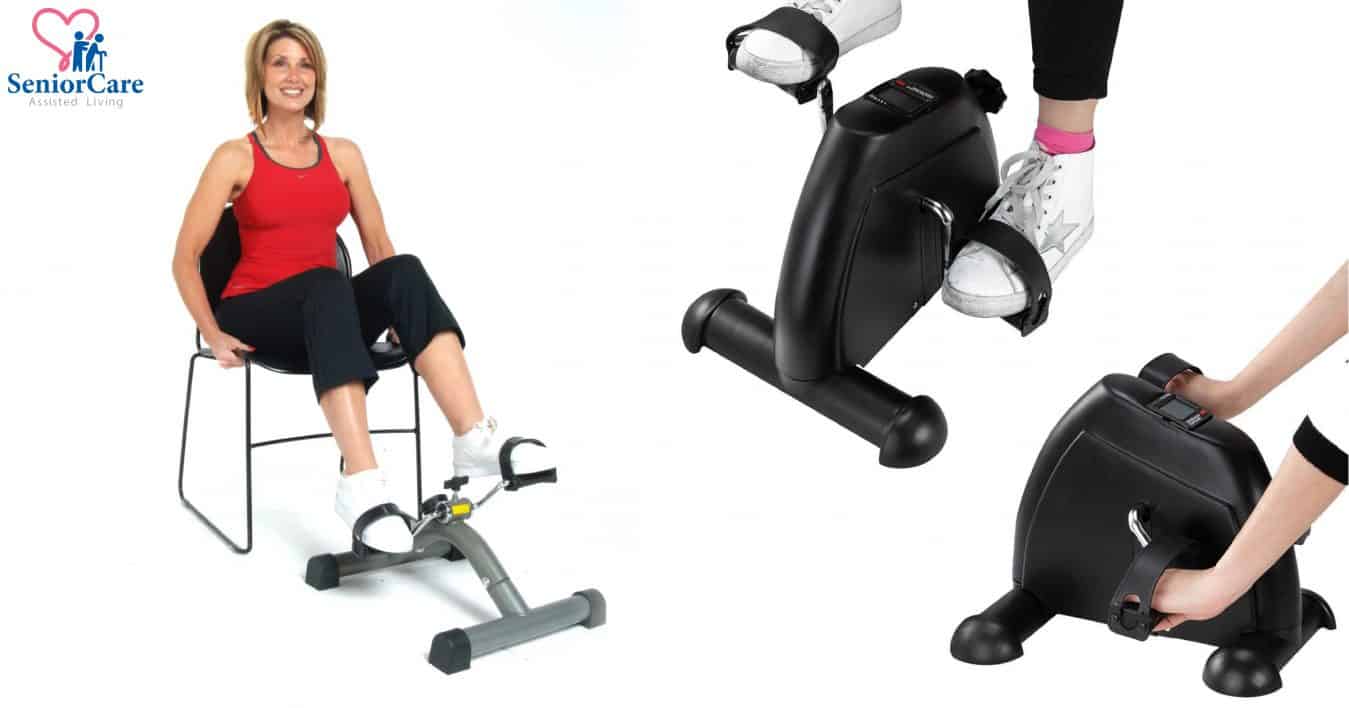
Dietary Changes and Supplements
Incorporating dietary changes and supplements can aid in the management of knee pain. Consuming foods rich in omega-3 fatty acids helps reduce inflammation, while anti-inflammatory spices like turmeric and ginger offer relief.
Collagen supplements can improve joint health, and avoiding processed foods and sugary drinks can also help manage knee pain. Staying hydrated is essential for joint lubrication.
What if Non-Surgical Treatments Don’t Work?
If non-surgical treatments fail to provide sufficient relief, alternative therapies like acupuncture or chiropractic care may be recommended.
In severe cases, surgical intervention might be considered. Seeking a second opinion from a specialist can offer valuable insights. Communicating persistent pain or lack of improvement to the healthcare provider is crucial.
How Effective are Non-Surgical Treatments for Chronic Knee Pain?
Non-surgical treatments can effectively manage chronic knee pain by addressing the underlying cause. With these options, individuals can experience significant pain relief and improved functionality.
Non-surgical approaches are preferred due to their lower risk and shorter recovery time. Regular monitoring allows for adjustments to optimize results.
Conclusion
Dealing with knee pain can be challenging, but effective non-surgical treatment options in Singapore. These treatments prioritize your comfort, mobility, and overall well-being. From physical therapy and rehabilitation to medication and pain management, there are various ways to alleviate knee pain without going under the knife.
Understanding that each person’s experience with knee pain is distinctive and finding the proper treatment approach may take time.
Lifestyle changes such as exercise, weight management, and dietary adjustments play a role in managing knee pain. However, if non-surgical treatments don’t work, consult a medical professional for further evaluation and guidance.
Remember, you don’t have to live with chronic knee pain when safe and effective non-surgical options are available to help you regain your quality of life.


